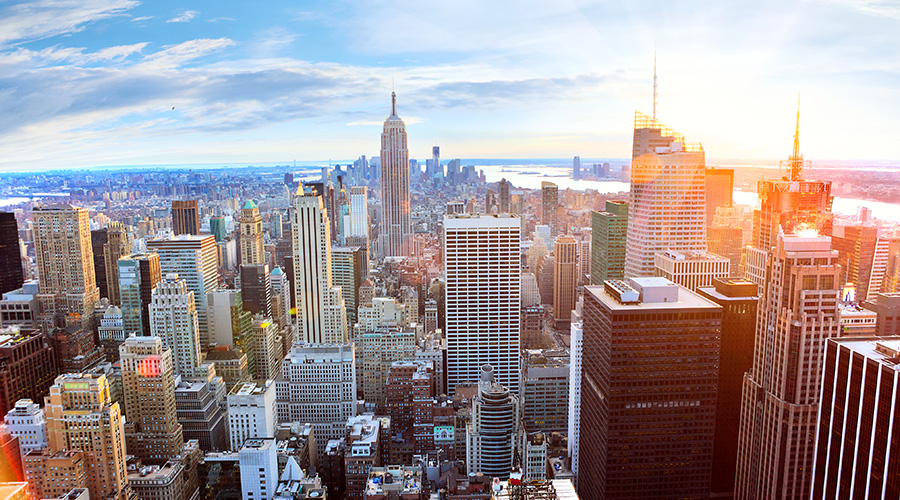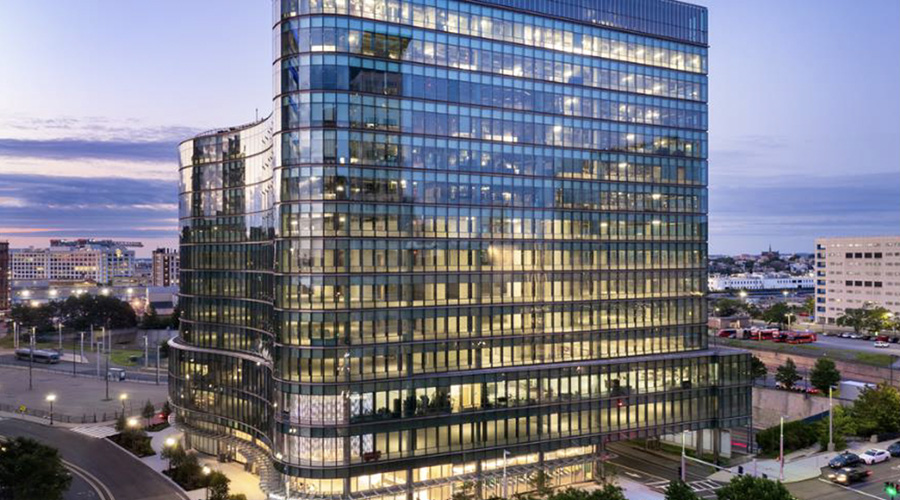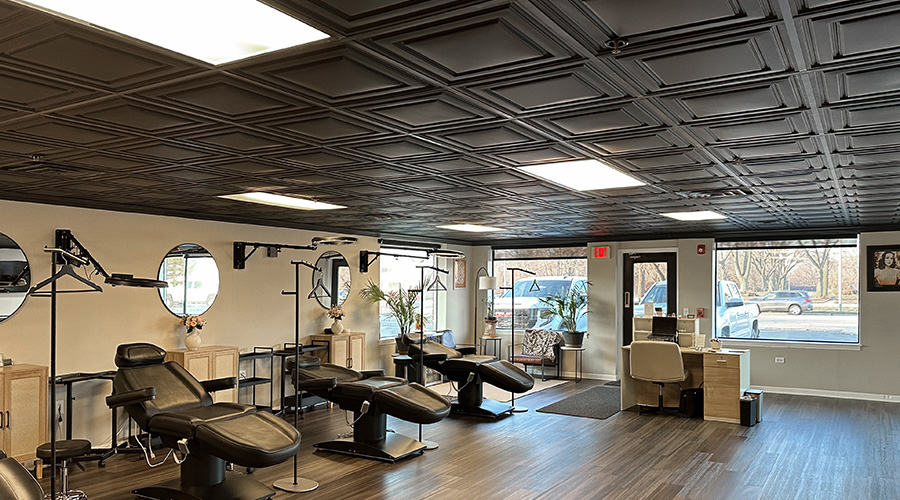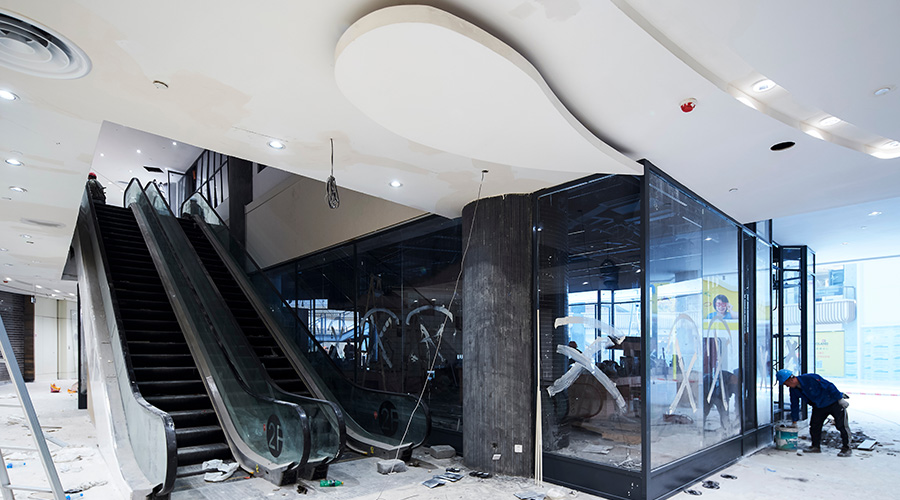
NYC to Be Training Ground for Green Retrofits
Action plan lays out New York City’s strategy for infrastructure investment and industry growth April 26, 2024
By Doug Carroll, Contributing Writer
What does a facility manager need to learn for the green retrofitting of a commercial building? Think of it this way: It’s similar to the training in recent years of an auto mechanic.
“The same things go into retrofitting buildings,” says Adam Friedberg, a partner with the consulting firm Buro Happold. “There is more software involved. Training opportunities are out there.
“If you’re a manager, you’ve got to make sure your staff is ready.”
The transition is a big one. It’s so big and multifaceted that Buro Happold produced an in-depth study for New York City that was commissioned by the city’s Economic Development Corporation and the Mayor’s Office of Talent and Workforce Development.
The result, a 60-page Green Economy Action Plan, was published at the end of February. It provides a blueprint for decades of infrastructure investment and industry growth in New York City’s five boroughs. It emphasizes:
- Decarbonizing the city’s economy to address the existential risk of climate change.
- Diversifying the city’s economic base and driving job creation in clean-energy industries.
- Supporting the city’s communities that historically have been the most vulnerable to climate and environmental risk.
Friedberg said New York City’s green economy is expected to account for 400,000 jobs by 2040 — and that’s triple the current number of such jobs. This is causing some anxiety.
“The biggest scare and worry is that we won’t have enough trained staff,” Friedberg says. “A lot of jobs will be available. But only 20 percent to 30 percent of engineers available now can do this. So there is a big learning curve, and training is needed. There also will be an age gap, with many facility operators retiring.”
The Mayor’s Office of Talent and Workforce Development will develop a workforce training facility in every borough with programming to train New Yorkers for green-collar jobs. It’s expected that there will be more than 12,000 green economy apprenticeships by 2040 through efforts such as a green building and construction workforce pilot program.
The city’s Economic Development Corporation will invest up to $100 million to develop a “climate innovation hub.” This new space will accelerate commercialization pathways for climate tech startups and other green economy businesses. It will serve 150 startups over 10 years — generating an estimated $2.6 billion in economic impact and creating 600 jobs — while providing local workforce training and job placement.
“Over the next five to six years, there will be a lot of money available in grants and tax incentives,” Friedberg says.
The age of buildings is another consideration in retrofitting, he says, and older ones (built before 1950) often work better because of more available space. Buildings from the 1960s and ’70s may be trickier because of different types of cooling systems and materials.
“There’s no one-size-fits-all solution,” Friedberg says. “Your envelope is more difficult to retrofit than your mechanical equipment. But if you don’t do it, your operating costs go up.”
Compliance standards will kick in as early as 2025 and will be fairly moderate initially. But they will become tighter over the ensuing four years, and building owners will face fines when they don’t meet the standards.
Green planning efforts similar to those in New York City are underway in Seattle, Boston, Los Angeles and St. Louis, Friedberg says.
Doug Carroll is a freelance writer based in Chandler, Arizona.
Next
Read next on FacilitiesNet












